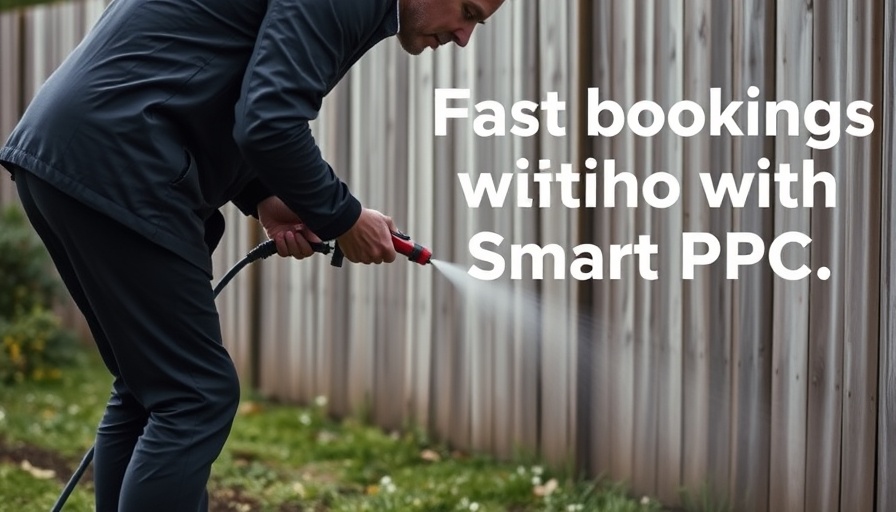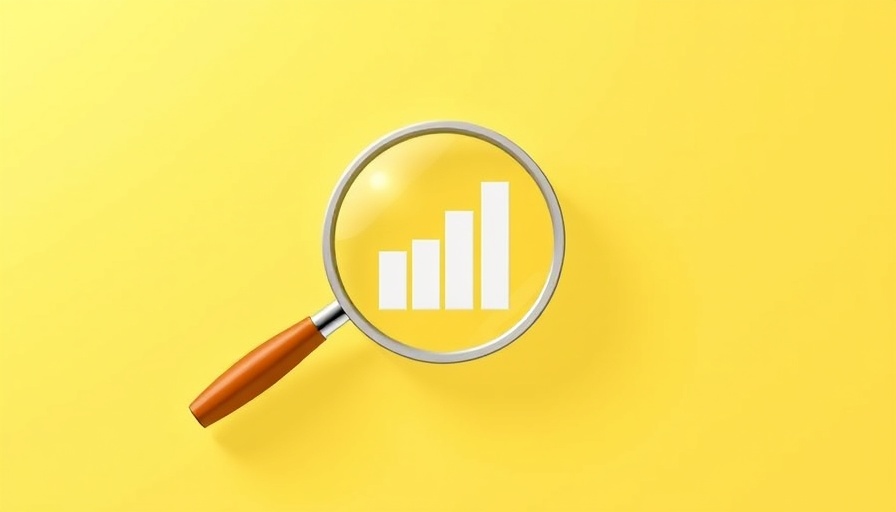
Unlocking the Power of PPC for Pest Control
In today’s fast-paced digital landscape, pest control businesses face stiff competition. The key to staying ahead often lies in effective PPC advertising insights. Pay-per-click (PPC) marketing allows these companies to gain visibility quickly, attracting potential clients actively searching for pest solutions in their area. By harnessing the power of Google Ads and social media platforms, businesses can direct targeted traffic to their websites, driving conversions and ultimately, bookings.
Immediate Results with PPC: More Than Just Clicks
For pest control professionals, the allure of PPC lies in its immediacy. Organizations can design campaigns that target specific local keywords, promoting their services using local SEO best practices. By employing keywords such as “pest control near me” or “emergency pest services,” businesses can ensure their ads reach those most likely to convert. This direct approach not only increases bookings but builds awareness in local communities.
The Impact of Geo-Targeting in Pest Control Marketing
Another advantage of PPC advertising is the potential for geo-targeting. This feature allows businesses to tailor their ads based on the user’s location, showcasing services relevant to specific neighborhoods or cities. For example, a pest control service operating in Austin can target ads specifically at residents within the city, significantly improving the likelihood of conversion. This local touch can be instrumental in standing out against competitors who may not utilize such focused approaches.
Setting a Budget: Finding the Balance
While PPC can be an effective tool, managing a budget efficiently is crucial. Many pest control businesses struggle with ROI measurement and may feel hesitant about spending on paid advertising. Establishing a clear budget and understanding the marketing ROI measurement process can alleviate these concerns. Startup campaigns can start small to gauge effectiveness before scaling; tracking analytics through platforms like Google Analytics will highlight what works and what doesn’t.
The Art of Crafting Effective Ad Copy
The success of a PPC campaign largely hinges on compelling ad copy. Pest control businesses need to create ads that are not just informative but also resonate emotionally with potential customers. Utilizing strong calls-to-action (CTAs) such as “Get a Free Quote,” or “Call Now for Immediate Service” encourages users to click through. Furthermore, showcasing customer reviews and testimonials can enhance credibility, further influencing potential clients to choose their services.
Measuring Success: Analytics and Data Reporting
Tracking the performance of PPC campaigns is essential. Thanks to advanced analytics tools, pest control businesses can monitor click-through rates, conversion rates, and adjust campaigns accordingly. Regular assessments using data-driven marketing approaches can help identify successful strategies while pinpointing areas needing improvement. This ongoing analysis ensures the PPC efforts are aligned with business objectives, ultimately driving more bookings.
Conclusion: Don’t Wait to Invest in PPC
Investing in PPC advertising provides pest control businesses with more than just increased visibility; it’s about reaching the right customers at the right time. As the digital landscape evolves, continuing to refine your PPC strategies is essential for retaining a competitive edge. Don't delay in exploring how PPC can transform your business transformations—start crafting your campaign today!
 Add Row
Add Row  Add
Add 




Write A Comment